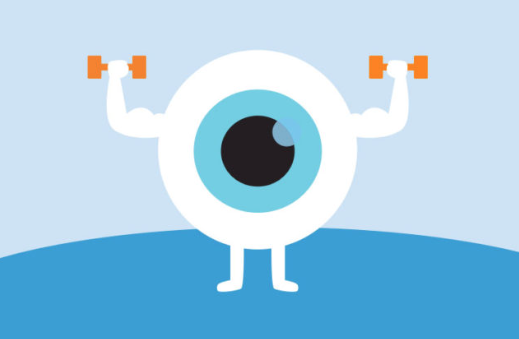Many of us want a definitive answer. We feel there is some “correct” answer to every question. We are either doing things right, or wrong. Considering the gray area can help us change our thinking into more of a spectrum, recognizing there is rarely a right and a wrong, but rather a multitude of options. Some of these options may be better for us at that moment, and some not so much.
This way of thinking might stem from our educational system. We all might remember a time where we raised our hand in class, and were embarrassed that we gave the “wrong” answer. Perhaps we stopped raising our hands so much after this. Or, perhaps we still remember the sinking feeling in our stomach when getting a test back and seeing the red X’s by some of our answers.
Binary thinking gets buried deep into us. And it shows up in how we move, exercise, care for our bodies, and respond to pain and injuries. If we are more concerned about whether we are doing something right or wrong, it blocks our ability to explore, experience, and learn.
Think about a well-known exercise, like a squat. Is there a part of you that feels like there is a “correct” and an “incorrect” way to do a squat? Say someone was taught that the correct way to do a squat was to have the heels 12 inches apart, toes turned out to 30 degrees, to sit down until the bottom is the same height as the knees while keeping the chest pointing forward, and then stand back up. If this person internalizes these instructions as the correct way, any variation from this will be perceived as “wrong”.
What about the variability in anatomy? Everyone has different angles at which their hips naturally turn out or in, which will certainly impact how one might place their feet on the ground while squatting. There are also countless variations in types of squats, and none of them are correct or incorrect! Narrow squats, wide legged squats, single leg squats, sissy squats, goblet squats, front squats, back squats, plié squats, kitchen sink squats… to name a few! There is no right or wrong, only options.
If someone is dealing with pain or an injury, it is far more important for them to listen to their own sensations than someone else telling them how they are supposed to do something. Many people with knee pain say “they cannot squat”, and therefore avoid any type of squatting. This can weaken the body and greatly impact mobility. If instead this person were able to modify the squatting pattern in a way that worked for them, they could gradually improve their squatting and end the cycle of avoidance.
By limiting our construct to a correct and incorrect way to squat, we are denying ourselves the ability to explore variations, as well as to respect that our bodies are all different. What is an efficient squat for one person may be an inefficient pattern for someone else, which could set them up for injury or impair their performance.
A great first step to comfortable squatting is the kitchen sink squat: hold on to the kitchen sink or a counter, and slowly sit the bottom back, as if sitting into a chair. Allow chest to lean forward a bit. Choose how low to go down based on your own ability and comfort. Stand back up by driving hips forward and up towards the counter. Repeat as desired.
At the Wellness Station, we are sure to stay far away from using words like right, wrong, correct, and incorrect. Instead, we teach people to match the intention with the action. In other words, we provide an intention (such as the instructions above), and teach people tools to monitor their own actions while moving. That way, the individual can observe whether their action matches their intention, and make adjustments as necessary.
We aim to empower our clientele by providing movement options, which help people become aware of variables that are in the individual’s control. The variables for a squat might include the following: distance between feet, turn out angle of the toes on each foot, depth of the squat, time taken to go down and to come back up, pauses and rests in between repetitions or sets, pauses within a repetition, reversals (changing direction of the movement), alignment/angles of ankles, knees, hips, and trunk, and much more.
Stay posted for our next blog, in which we will provide video examples exploring three-dimensional variations of squats.
It can feel easy and simple to learn a correct and incorrect way to do something. However, thinking in this way is extremely biased, and takes away one’s agency and ability to trust in one’s own experience. By embracing the gray area, we can open our minds and our bodies to a depth of possibilities.
Written by Jacob Tyson, DPT - Physical Therapist, Yoga Instructor and The Wellness Station Team



















